- 1.24K Posts
- 69 Comments

 36·5 months ago
36·5 months agoJust for reference, a few years back, (ex-Microsoft) David Plummer had this historical dive into the (MIPS) origin of the blue color, and how Windows is not blue anymore: https://youtu.be/KgqJJECQQH0?t=780

 2·5 months ago
2·5 months agoThe rumor is 1.76 trillion, or 8x220B (mixture of experts) to be specific: https://wandb.ai/byyoung3/ml-news/reports/AI-Expert-Speculates-on-GPT-4-Architecture---Vmlldzo0NzA0Nzg4

 201·5 months ago
201·5 months agoLikely due to being a prototype. Production laptops from Tuxedo tend to have the “TUX” penguin in a circle logo on the Super key by default. They also have been offering custom engraved keyboard (even with the entire keyboard engraved from scratch to the customer’s specifications) as added service, so probably there will be suppliers or production facility to change the Super key.
By the way, there was one YouTube channel that ended up ordering a laptop with Windings engraving from them: https://youtu.be/nidnvlt6lzw?t=186
If you want RTX though (does it work properly on Linux?)
Yes it does. For example, Hans-Kristian Arntzen declared the DirectX Raytracing (DXR) implementation in VKD3D-proton as feature complete in February 2023 (https://github.com/HansKristian-Work/vkd3d-proton/issues/154#issuecomment-1434761594). And since November 2023/release 2.11, VKD3D-proton in fact runs with DXR enabled by default (https://github.com/HansKristian-Work/vkd3d-proton/releases/tag/v2.11).

 1·6 months ago
1·6 months agoHow does this analogy work at all? LoRA is chosen by the modifier to be low ranked to accommodate some desktop/workstation memory constraint, not because the other weights are “very hard” to modify if you happens to have the necessary compute and I/O. The development in LoRA is also largely directed by storage reduction (hence not too many layers modified) and preservation of the generalizability (since training generalizable models is hard). The Kronecker product versions, in particular, has been first developed in the context of federated learning, and not for desktop/workstation fine-tuning (also LoRA is fully capable of modifying all weights, it is rather a technique to do it in a correlated fashion to reduce the size of the gradient update). And much development of LoRA happened in the context of otherwise fully open datasets (e.g. LAION), that are just not manageable in desktop/workstation settings.
This narrow perspective of “source” is taking away the actual usefulness of compute/training here. Datasets from e.g. LAION to Common Crawl have been available for some time, along with training code (sometimes independently reproduced) for the Imagen diffusion model or GPT. It is only when e.g. GPT-J came along that somebody invested into the compute (including how to scale it to their specific cluster) that the result became useful.

 31·6 months ago
31·6 months agoThis is a very shallow analogy. Fine-tuning is rather the standard technical approach to reduce compute, even if you have access to the code and all training data. Hence there has always been a rich and established ecosystem for fine-tuning, regardless of “source.” Patching closed-source binaries is not the standard approach, since compilation is far less computational intensive than today’s large scale training.
Java byte codes are a far fetched example. JVM does assume a specific architecture that is particular to the CPU-dominant world when it was developed, and Java byte codes cannot be trivially executed (efficiently) on a GPU or FPGA, for instance.
And by the way, the issue of weight portability is far more relevant than the forced comparison to (simple) code can accomplish. Usually today’s large scale training code is very unique to a particular cluster (or TPU, WSE), as opposed to the resulting weight. Even if you got hold of somebody’s training code, you often have to reinvent the wheel to scale it to your own particular compute hardware, interconnect, I/O pipeline, etc… This is not commodity open source on your home PC or workstation.

 3·6 months ago
3·6 months agoThe situation is somewhat different and nuanced. With weights there are tools for fine-tuning, LoRA/LoHa, PEFT, etc., which presents a different situation as with binaries for programs. You can see that despite e.g. LLaMA being “compiled”, others can significantly use it to make models that surpass the previous iteration (see e.g. recently WizardLM 2 in relation to LLaMA 2). Weights are also to a much larger degree architecturally independent than binaries (you can usually cross train/inference on GPU, Google TPU, Cerebras WSE, etc. with the same weights).

 5·7 months ago
5·7 months agoUnless Valve can either find or pay a company that does a custom packaging of a Nvidia GPU with x86 (like the Intel Kaby Lake-G SoC with an in-package Radeon), very unlikely. The handheld size makes an “out of package” discrete GPU very difficult.
And making Nvidia themselves warm up to x86 is just unrealistic at this point. Even if e.g. Nintendo demanded, the entire gaming market — see AMD’s anemic recent 2024Q1 result from gaming vs. data center and AI — is unlikely to be compelling enough for Nvidia to be interested in x86 development, vs. continuing with their ARM-based Grace “superchip.”
There is even a sentence in
README.mdthat makes it explicit:The source files in this repo are for historical reference and will be kept static, so please don’t send Pull Requests suggesting any modifications to the source files […]

 4·7 months ago
4·7 months agoProbably from the FAQ pane on the Kickstarter page:
What about Steamdeck support?
Will be 100% supported
Last updated: Tue, April 23 2024 10:55 AM PDT
There has been:
Have people actually checked the versions there before making the suggestion?
F-Droid: Version 3.5.4 (13050408) suggested Added on Feb 23, 2023
Google Play: Updated on Aug 27, 2023https://f-droid.org/en/packages/org.videolan.vlc/
https://play.google.com/store/apps/details?id=org.videolan.vlcThe problem seems to be squarely with VLC themselves.

 12·8 months ago
12·8 months agoI can’t see this “news” reported anywhere else
Clearly not trying very hard:
https://www.bbc.com/news/live/world-68642036 (8:40, “Russian TV airs fake video blaming Ukraine for Moscow attack”)
https://www.motherjones.com/politics/2024/03/deepfake-video-terror-moscow-putin-ukraine-claims/
and The Sun is notorious for making stuff up
And this article cites — with direct link — a BBC reporter’s X post. Well, who is actually “making stuff up” here…
Yet, BBC Verify journalist Shayan Sardarizadeh stated that an AI-generated audio was dubbed over a mismatch of two recent Ukrainian TV interviews.
Exposing the sham, he wrote on X: "The deepfake video has in fact been created as a composite of two recent interviews published in the last few days with Danilov and Ukraine’s military intelligence chief Kyrylo Budanov.
From my own statistics how many I feel worthy posting/linking on Lemmy, the most direct alternative to Kotaku is Eurogamer. PCGamer, PCGamesN and Rock Paper Shotgun are occasionally OK, but you have to cut through a lot of spam and clickbait (i.e. exactly this “50 guides per week” type of corporate guidance). Not sure if this is also the state that Kotaku will end up in. The Verge sometimes also have good articles, but the flood of gadget consumerism articles there is obnoxious.

 2·8 months ago
2·8 months agoIt is like the U.S. Wired catching up to the idea years later?

 1·8 months ago
1·8 months agoThe PS Vita side of Sony customer has gotten a deep taste of Sony’s issues of catering everything to a singular console. And same with PSVR2: Of course it must be PS5 exclusive, because everything are adornments towards their shiny console — and went on to not sell a lot of PS5.

 1·8 months ago
1·8 months agoThe PvE is quite nice. I think most of ardent Division 1 PvE players I know have switched fully to Division 2. Maybe somewhat to the studio’s goal, Division 1 support was dropped too abruptly for the majority to still playing it.
The dark zone has not really improved, if you are seeking the Divison 1 one. The map in 2 lacks size and complexity for PvPvE (like multi level buildings or the tunnel in the north), and the server lacks maximum group size.
In the beginning, only privileged ones will be allowed to run in pass-through mode. But goal/roadmap calls for all FUSE filesystems eventually to have this near-native performance.
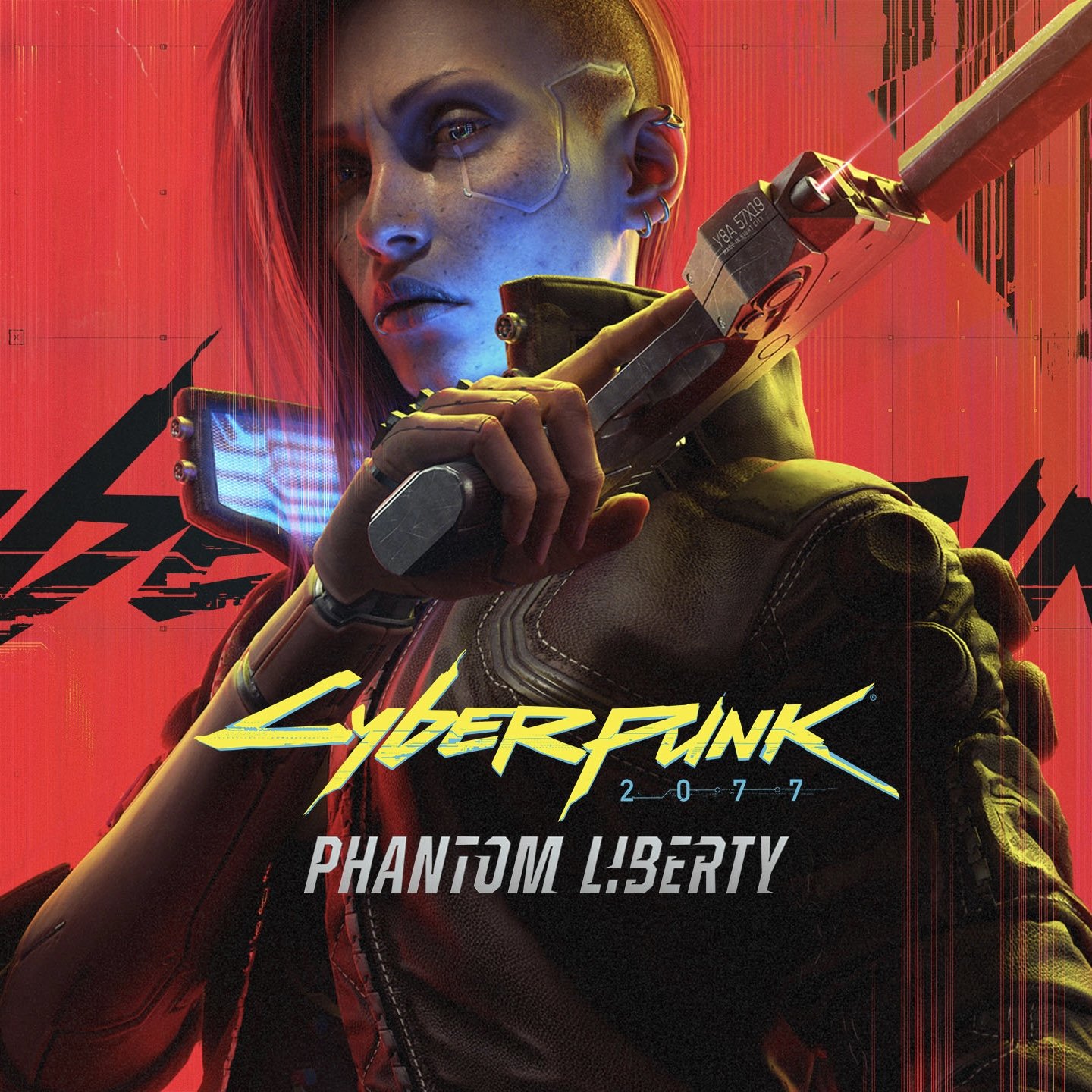



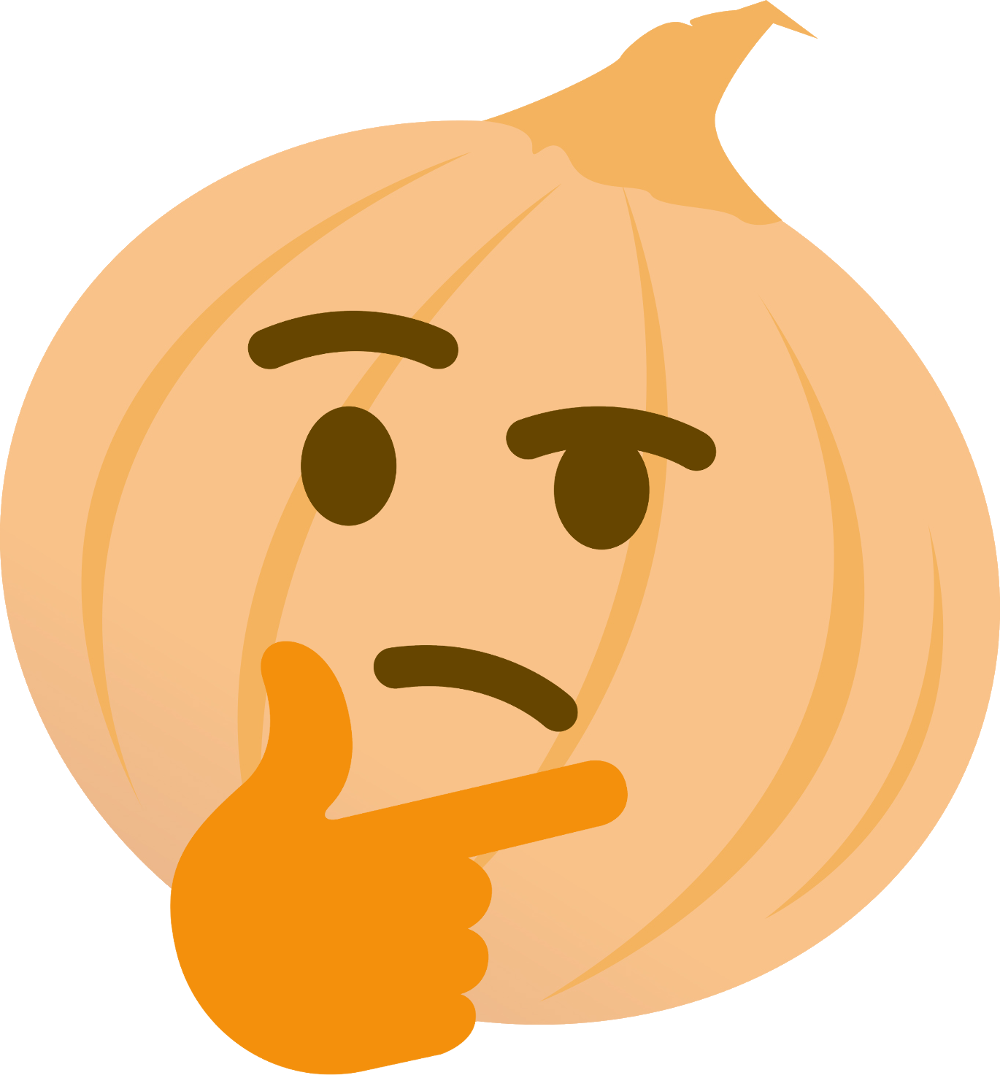






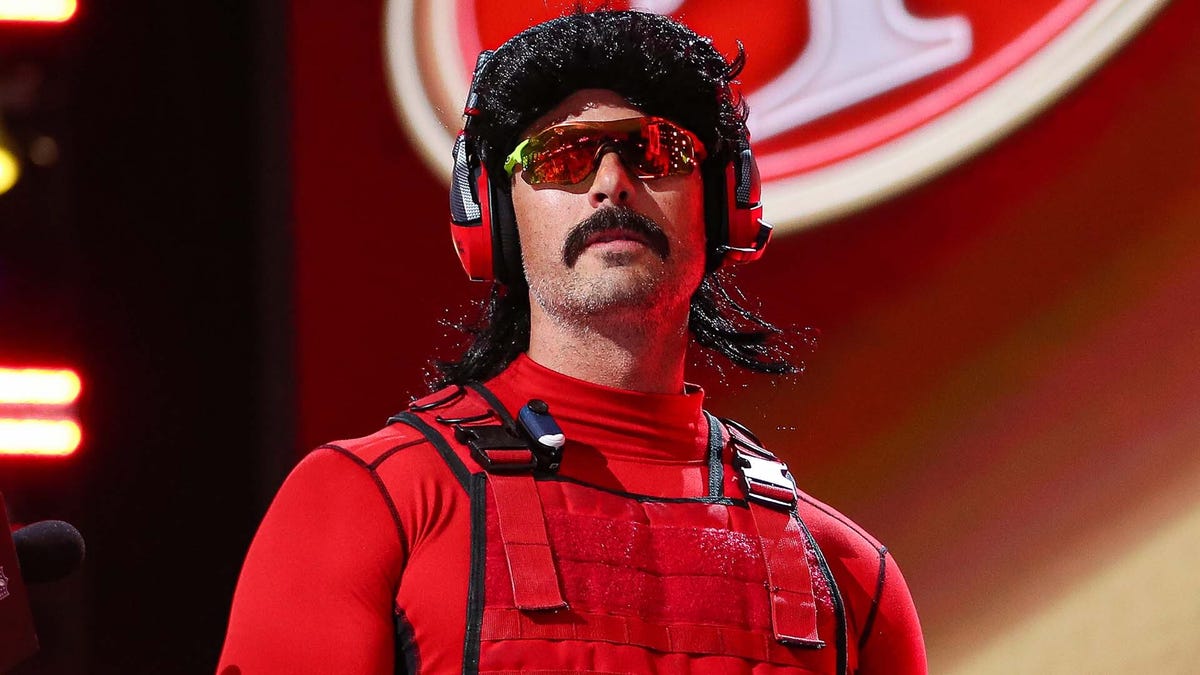



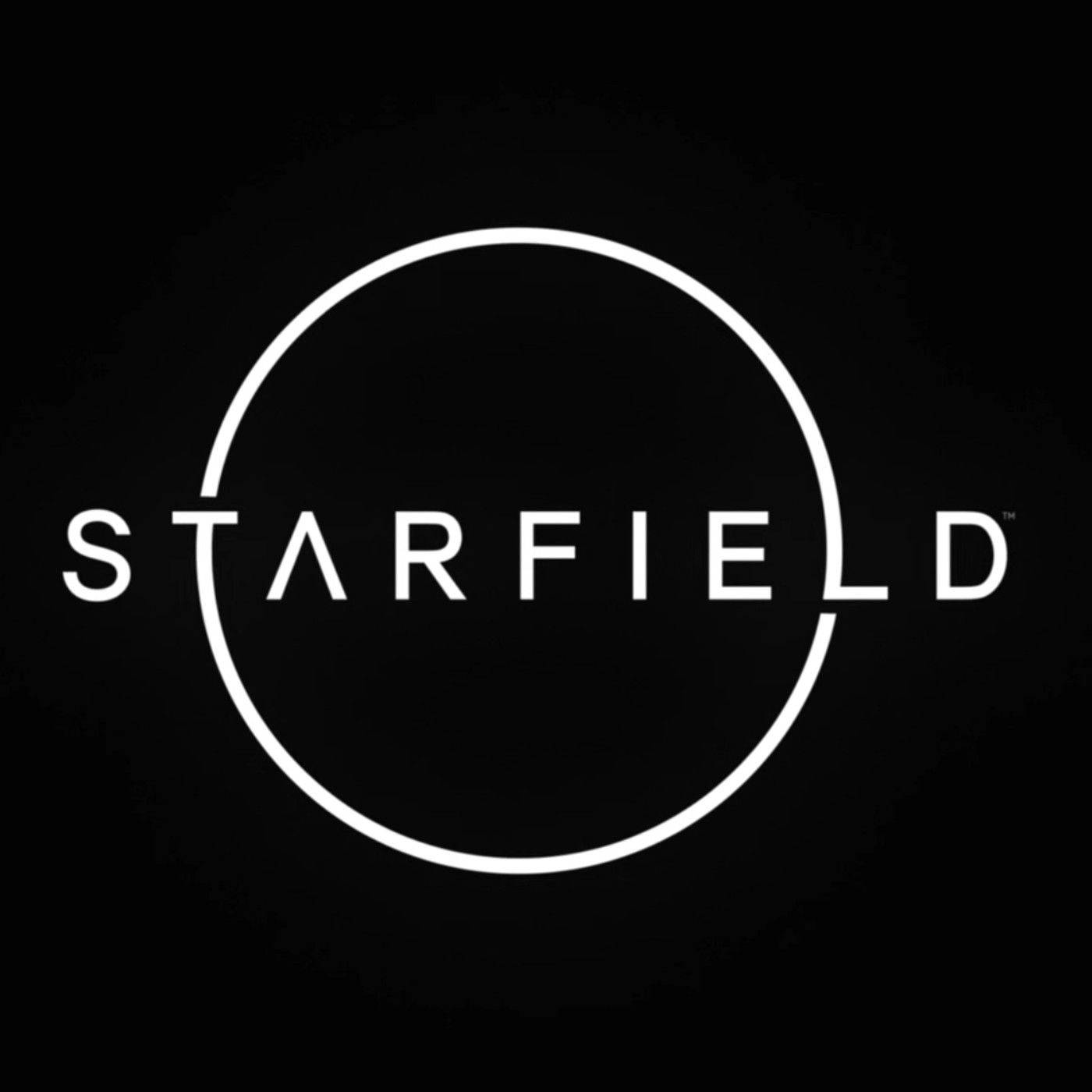
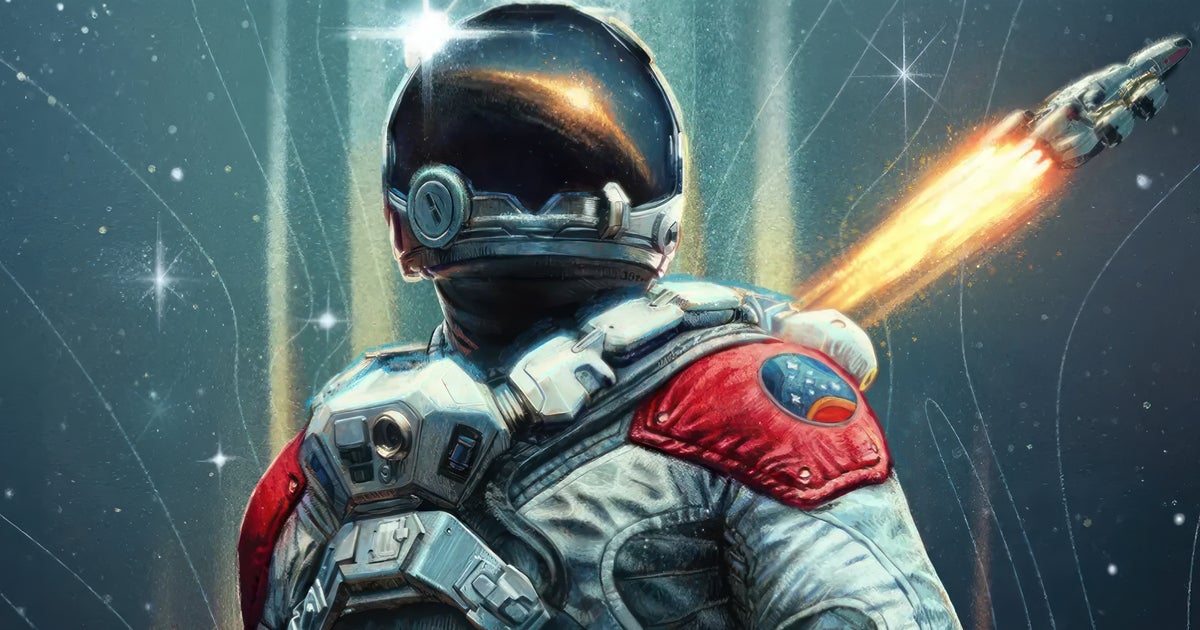

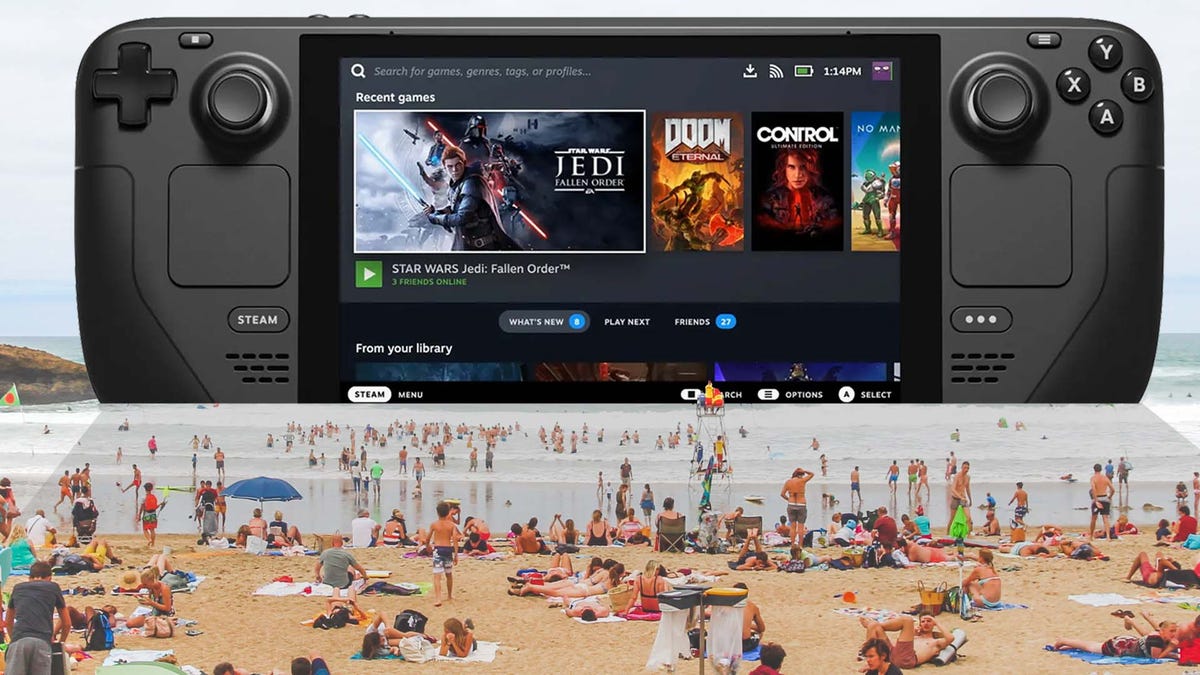


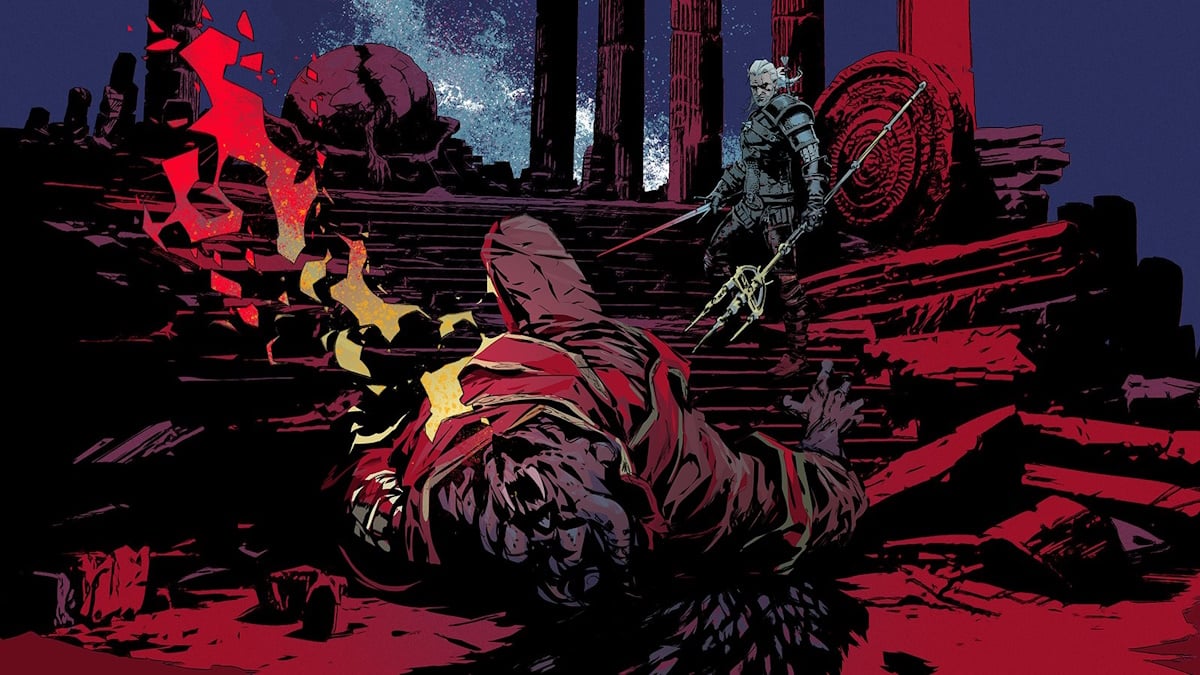
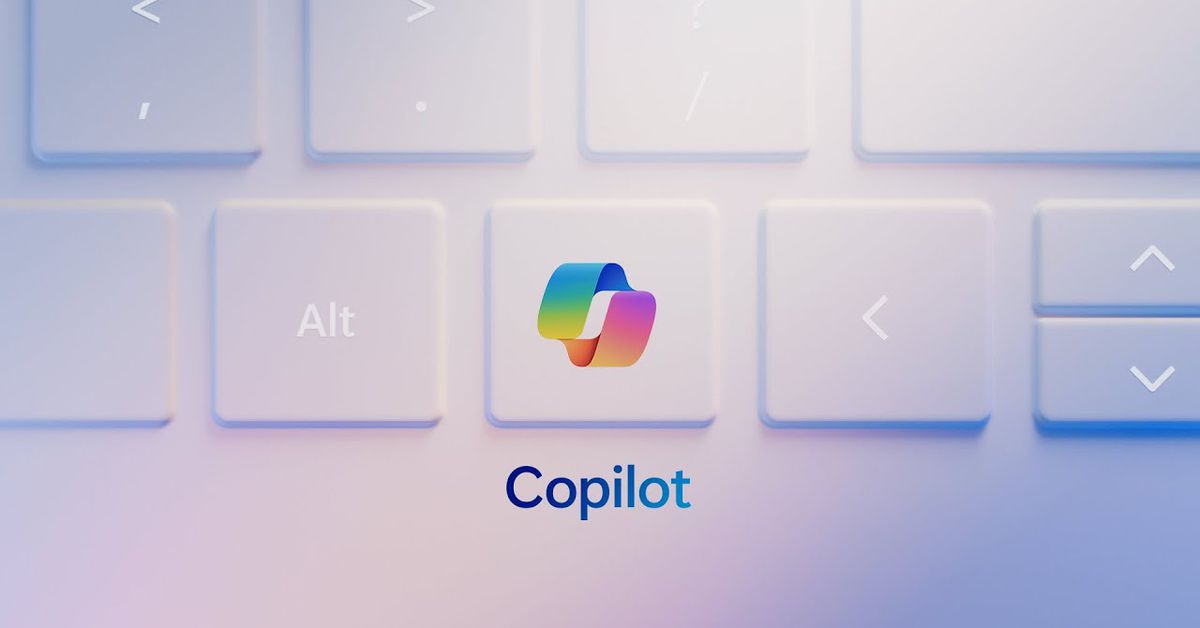



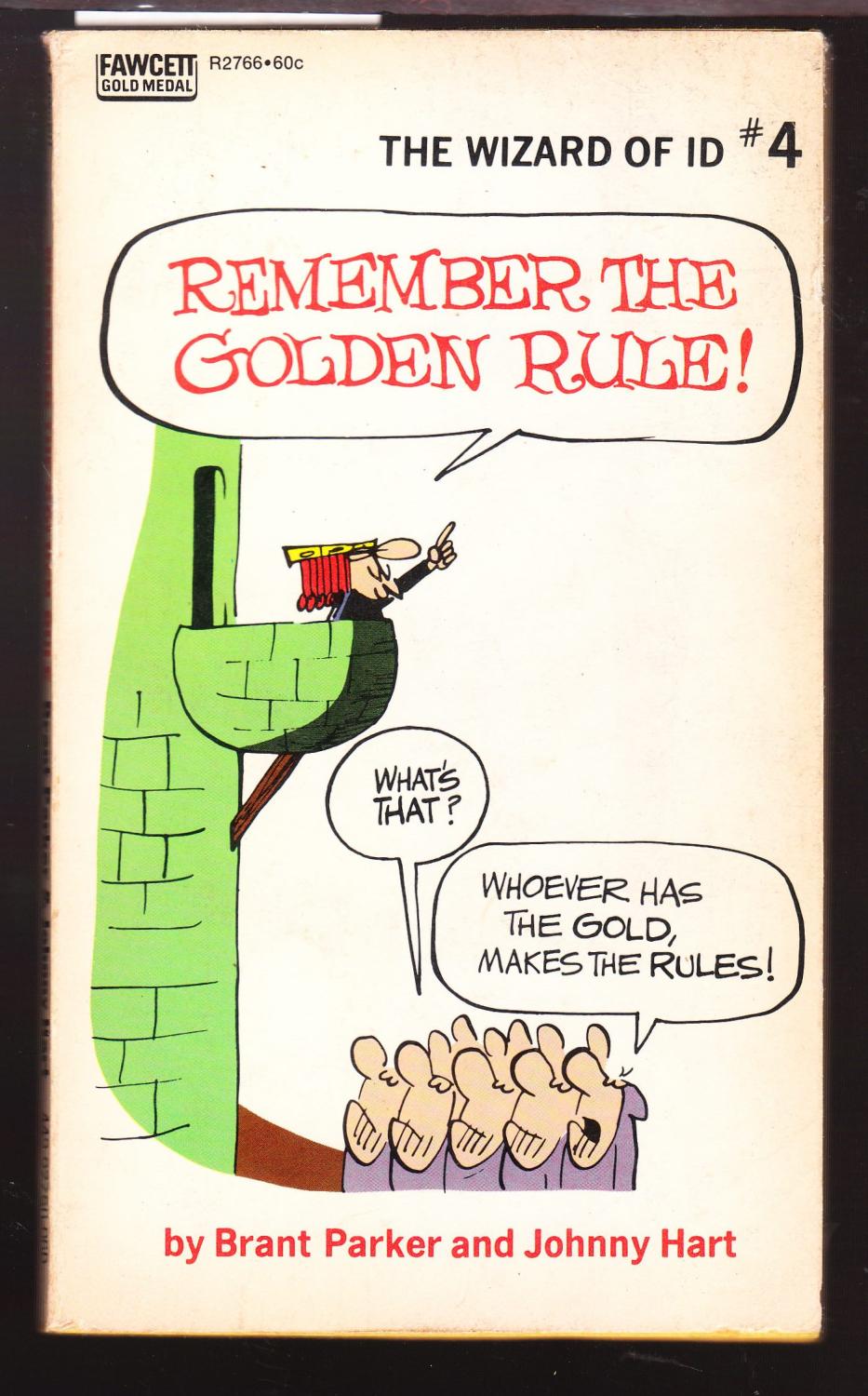
Three side remarks about China, which can be a peculiar example to compare to for Russia, maybe even any other country: